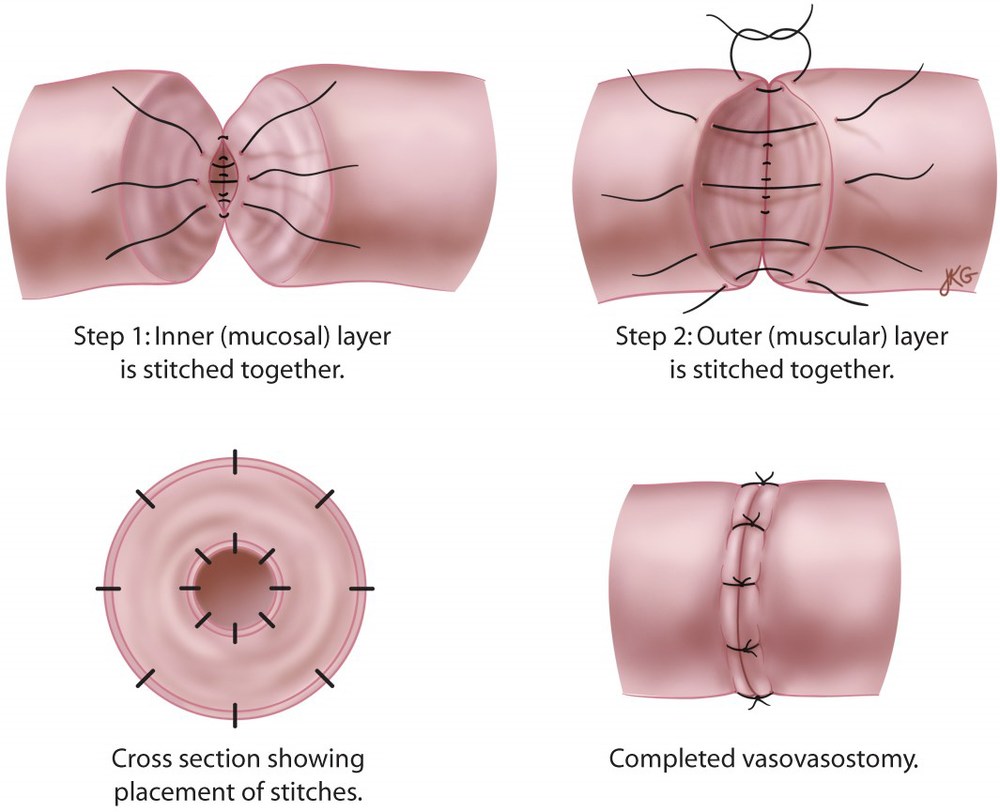Changing Your Mind After A Vasectomy, Can You Go Back?
Time Is Tied To Reversal Success

A vasectomy can be reversed after a long period of time (some after twenty-five years), but patients experience a higher success rate if the procedure is done sooner. The reversal is possible because male sperm is continually produced after the initial vasectomy, it is just unable to join the semen and impregnate a woman. However, the body does change after surgery, and this can mean that with time, it is impossible to put the vas deferens back into its proper place. There may be scarring that could prevent the reversal from being entirely successful. Scarring that can occur after the reversal has taken place may prevent the sperm from rejoining the semen, thus rendering the man permanently sterile.
Two Methods of Reversal

The primary objective of reversing a male vasectomy is to rejoin the vas deferens tube so the sperm can reach the semen and ejaculate outwardly during orgasm. There are two methods of doing this: a vasovasostomy and a vasoepididymostomy. During a vasovasostomy,the surgeon will sew the vas deferens tube from the testes to the penis back together; this is a straightforward reversal of the original procedure if it is able to work. A vasoepididymostomy is more difficult and is used only if a vasovasostomy is unlikely to work. In this process, the surgeon will attach the vas deferenstube to the small organ at the back of each testicle that houses sperm.
